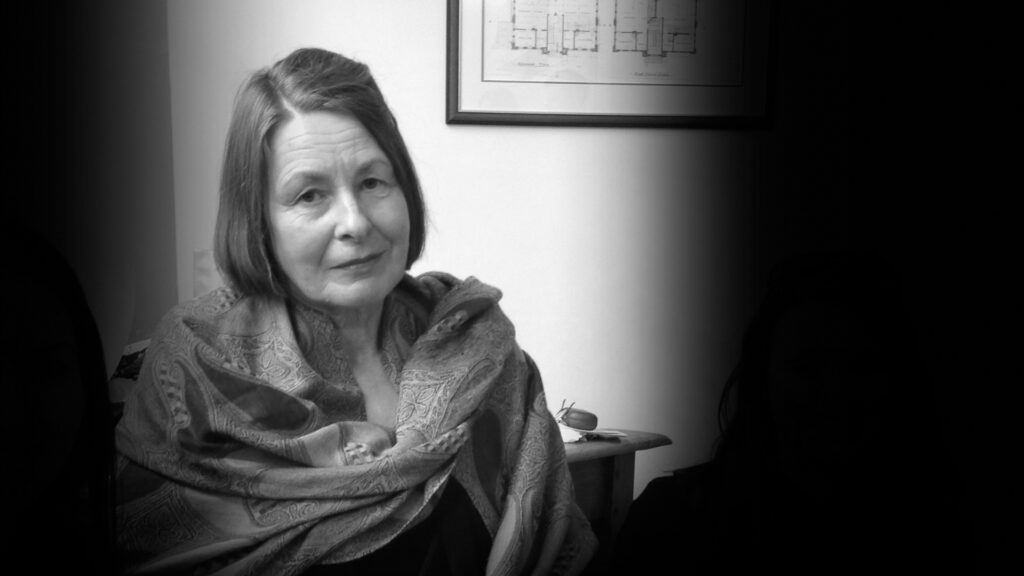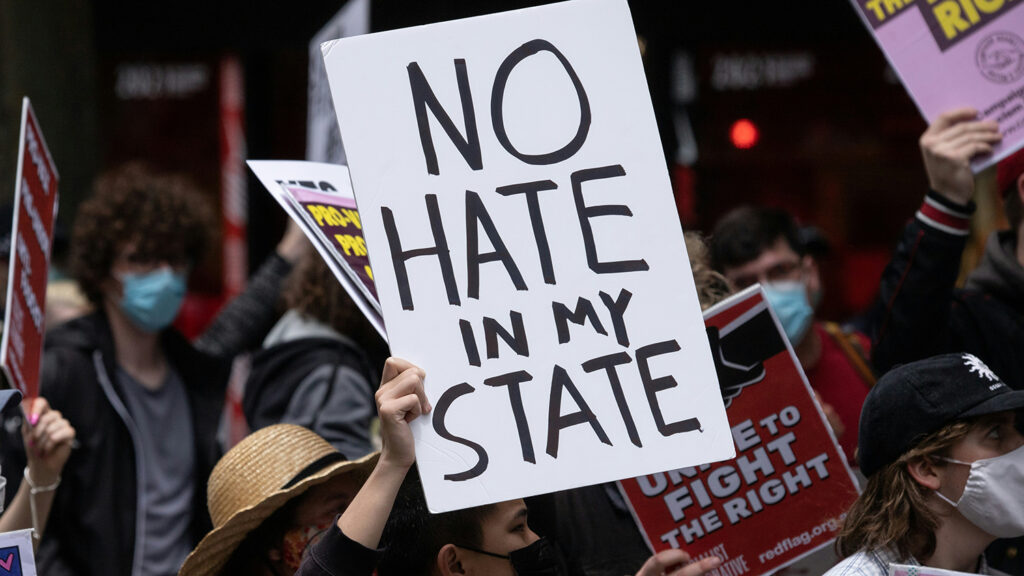Minns Government rams through kneejerk laws that won’t protect communities from acts of hate
The Human Rights Law Centre has slammed the Minns Government for ramming laws through Parliament that give police sweeping new powers, could criminalise a wide range of activities near places of worship, including peaceful protests, and introduce a new criminal offence for inciting racial hatred.
The laws will have wide-ranging implications on the right to peaceful assembly, with no evidence that they will address the recent spate of antisemitic incidents in NSW or the disturbing rise of neo-nazi and far-right extremist activity.
The laws creating new criminal offence of inciting racial hatred have been rushed through without genuine community consultation, go against advice from the NSW Law Reform Commission, and fail to protect other communities in NSW who experience hatred on the basis of their religion, sexual orientation, gender identity, intersex status, disability, nationality, or ethnicity.
There is a risk that selective protections will further entrench existing inadequate and inconsistent legal protections against discrimination, hate speech, and vilification.
The Human Rights Law Centre is calling for the Minns Government to properly consult with communities, ensure that racism and discrimination in all forms is taken seriously, and meaningfully invest in preventative solutions to keep everyone safe.
Quotes attributable to Legal Director at the Human Rights Law Centre, Sarah Schwartz:
“Everyone has the right to practice their religion in safety, without fear of intimidation or vilification, and to be protected from racism and violence.
“These laws are a thinly veiled attempt to curtail our right to peaceful assembly under the misleading banner of addressing racism – while doing nothing to address the root causes of recent racist attacks.
“We have serious concerns about the constitutionality of these laws, and their potential to interfere with the right to freedom of political communication.
“These laws mean a survivor of childhood abuse could be charged with $22,000 and jailed for two years for holding a placard outside a church. They would also give police the power to shut down a snap anti-war protest or rally calling for climate action, if the place of gathering was near a place of worship.
“Peaceful assemblies outside places of worship are an important tool for communities to hold their institutions to account, such as protests by survivors of clergy abuse.
“Expanding police powers and restricting protest will only create more division by silencing the voices of people peacefully speaking out. You cannot arrest your way to tolerance.
“Real solutions come from listening to experts and communities, and focusing on early intervention and prevention, not rushed, kneejerk laws.”
Media contact:
Chandi Bates
Media and Communications Manager
Human Rights Law Centre
0430 277 254
chandi.bates@hrlc.org.au

Legal challenge filed against Tasmanian Parole Board’s decision to gag free speech
The Human Rights Law Centre has filed legal proceedings on behalf of Tasmanian grandmother, Susan Neill-Fraser, to challenge a restrictive parole condition placed on her by the Tasmanian Parole Board seeking to limit her ability to speak to the media.
Read more
University of Melbourne urged to drop repressive anti-protest and surveillance policies
The University of Melbourne is being urged to abandon policy changes that restrict staff and students’ right to protest and permit the widespread surveillance of people using their wifi network.
Read more
Expanded protections for marginalised groups welcomed in Allan Government’s anti-vilification laws
The Human Rights Law Centre welcomes the additional protections for marginalised groups in anti-vilification laws passed today by the Allan Government. These laws expand protections from vilification to include people from LGBTIQA+ and disability communities, and provide communities with important civil law avenues to address vilification.
Read more


